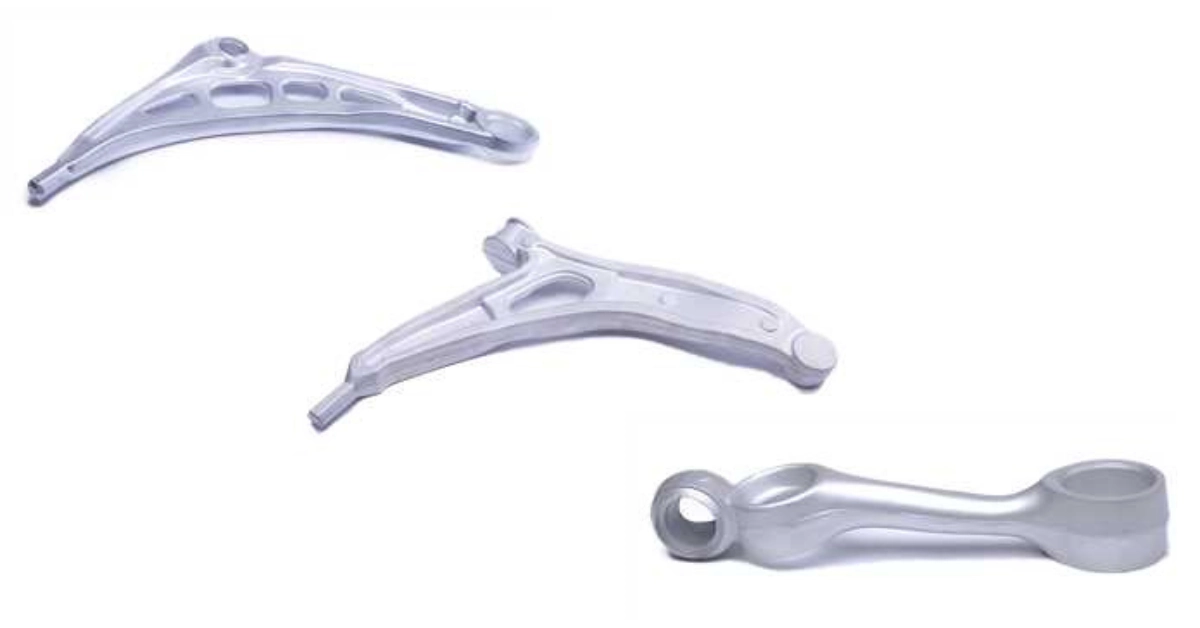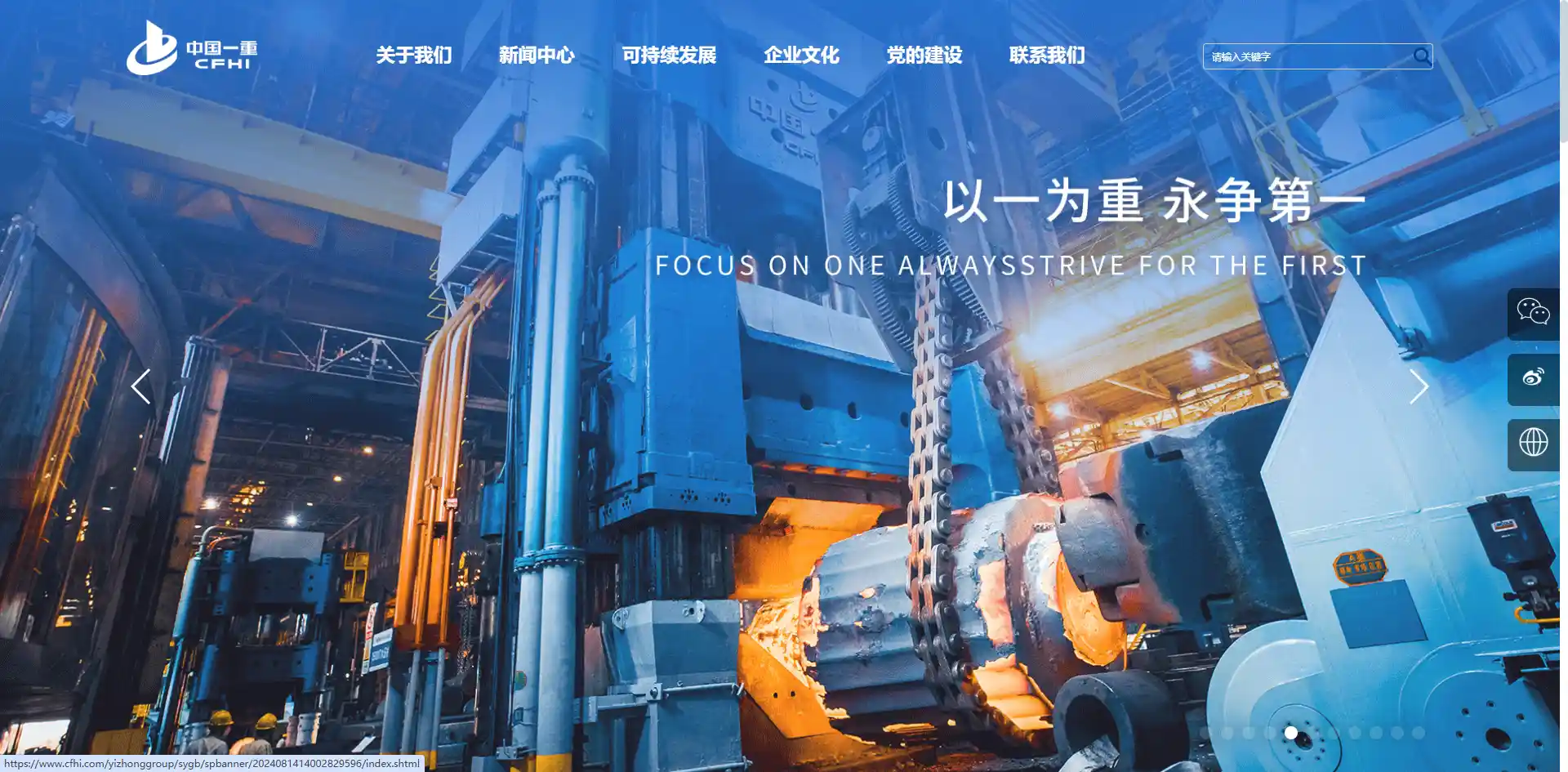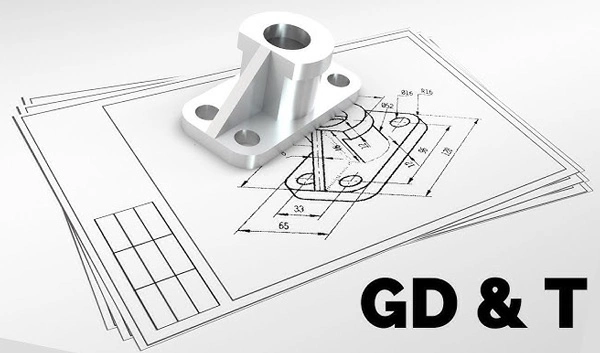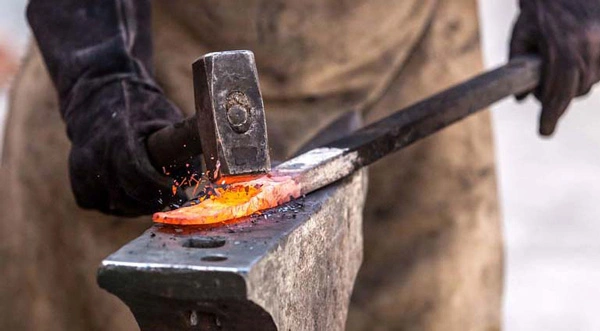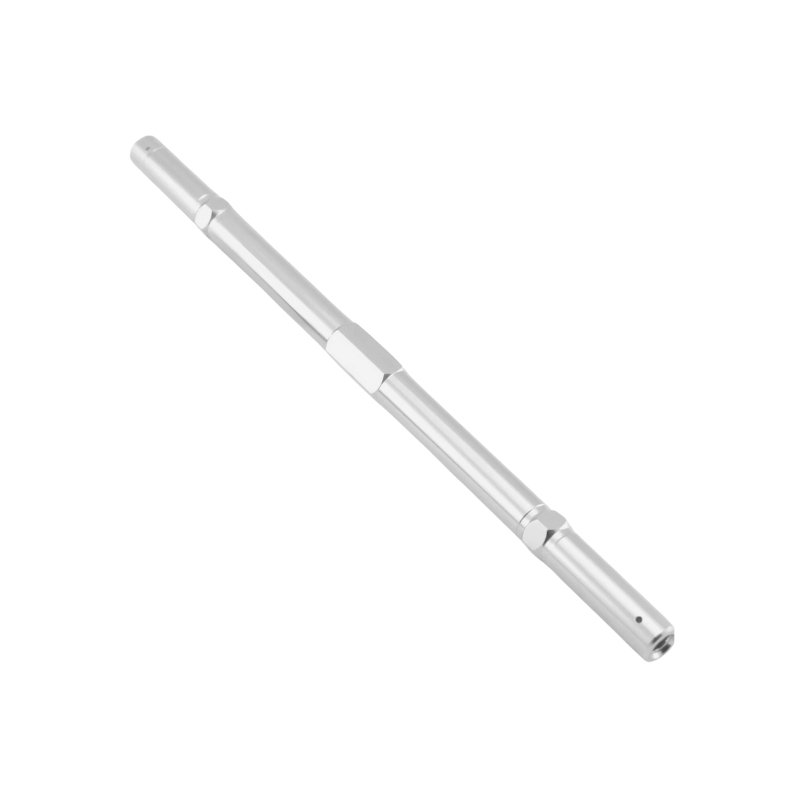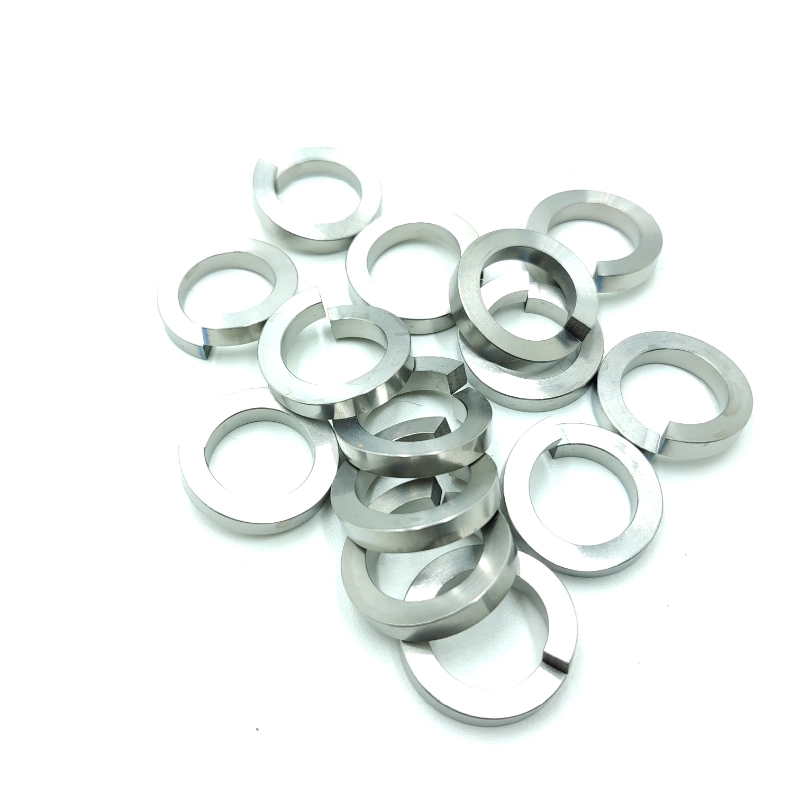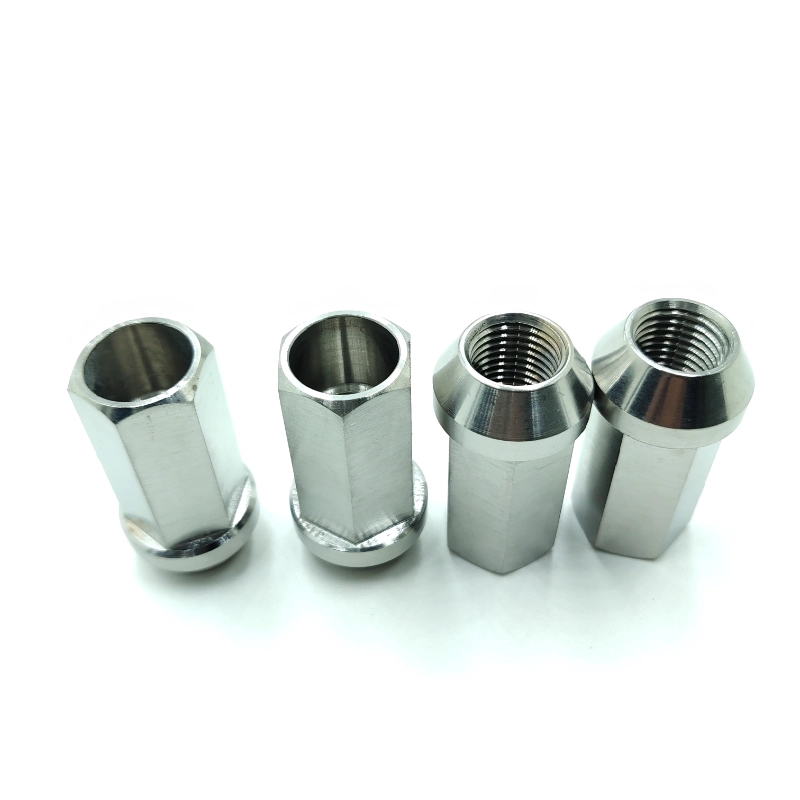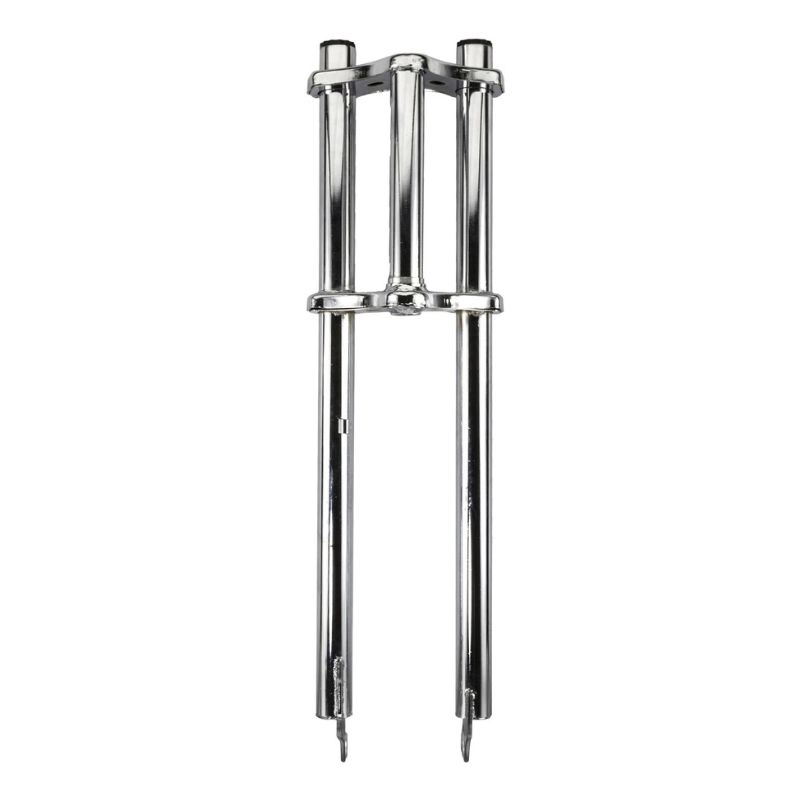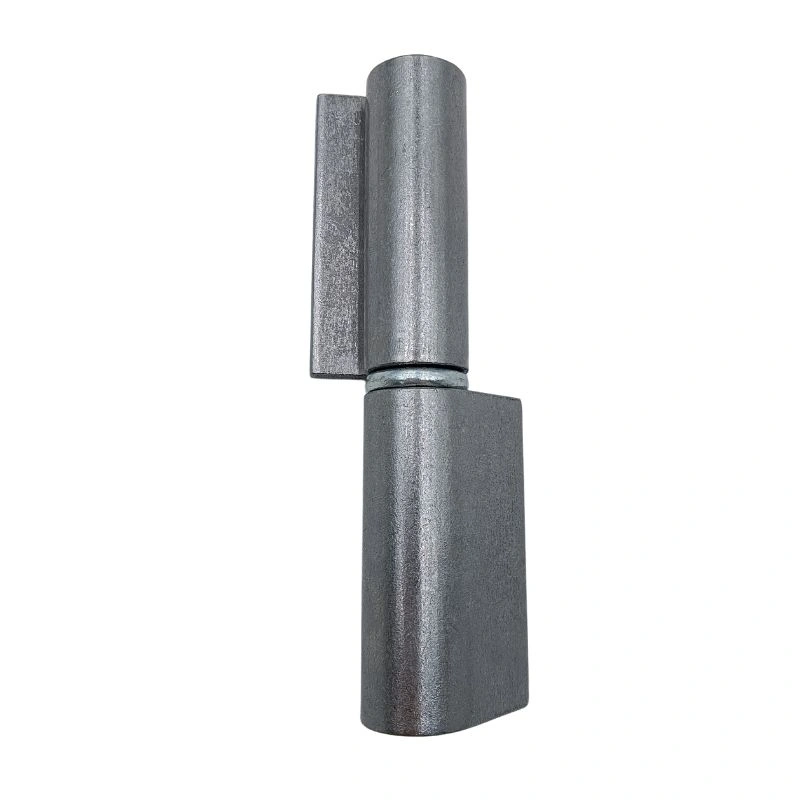Tempering is performed after quenching, which is one of our core processes at HDC. This method of heat treatment changes the mechanical properties of a metal, improving hardness and strength, while relieving internal stress.
Tempering also ensures the product does not damage under pressure and that it is ready for long-term performance in industries such as toolmaking, automotive, construction, medical, and more.
What is Tempering?

Tempering, also referred to as drawing, is a form of heat treatment that modifies the properties of hardened or quenched metals. Manufacturers temper metals to transform harder, brittle constituents such as martensite into structures with ideal toughness.
Think of it like this. Quenching puts metals into a brittle and high stress condition. But tempering breaks down the mechanical structure of those materials, relaxing those stresses and promoting ductility.
During the tempering process, manufacturers carefully adjust the time, temperature and cooling period to customize the final material, making sure it is fit to handle their intended applications and service requirements.
Why Tempering Is Important?
Tempering controls hardness, internal stress, and ductility. Whenever you quench a steel part, it becomes harder but also brittle due to residual stress.
Speaking from experience, if you try to machine that steel part immediately, the cutting tool might break or you could end up with a poor surface finish. To fix this, you may temper the materials to achieve a favourable balance of toughness and strength.
On top of that, tempering can improve the hardness of welded materials. Welds create a localized zone that is hardened, storing residual stress that may lead to hydrogen cracking. Tempering prevents this outcome, allowing engineers to alter the metal’s microstructure and prevent faults.
Tempering Process Steps
Heating, dwelling, and cooling play equal roles in the result obtained from tempering. Let’s consider each step and its significance:
Heating
For best results, metals should be tempered right after quenching. Doing so avoids the brittle characteristics obtained during hardening. The typical tempering temperature ranges from around 93 °C up to 700 °C depending on the metal alloy and service environment.
Dwelling
Once the alloy metal reaches the intended temperature, we hold it at a temperature suitable for its application.
Dwelling duration depends on what type of steel used, the section size, and the desired mechanical properties. For instance, ductility, toughness, and impact strength increase with longer dwell times but at the cost of tensile strength.
Cooling
Cooling involves slowly bringing the metal alloy to room temperature. This part is just as important as the first two. The cooling duration and method depend on what fits with the desired properties. Some processes use oil cooling, but air cooling is the more common method since it prevents stresses from reintroducing into the material.

Impact of Temperature and Time on Properties
The right temperature and duration to use during tempering depend on the desired mechanical properties and use environment.
Generally speaking, when it comes to low-tempering temperatures, we’re talking about anything from 300 °C below. This range is perfect for relieving internal stresses and reducing brittleness all while keeping the hardness intact. However, different types of steel behave differently, and some steels may harden at lower temperatures.
In contrast, medium tempering temperatures fall within 350 °C and 500 °C. This range is ideal for balancing toughness and hardness in the production of general-purpose tools. Meanwhile, higher tempering temperatures usually start from 500 °C, making it suitable for achieving greater toughness and ductility but this often comes at the cost of strength.
The tempering time which ranges from a few minutes to hours is just as important as temperature. A high temperature and short tempering time will have just the same effect as a low temperature paired with high tempering time. This is called the Hollomon–Jaffe parameter.
Applications and Examples
From automotive, to medical devices, oil and gas, aerospace, and more, each industry has numerous unique reasons for applying tempering in machining. These include:
Automotive: Automotive parts such as transmissions gears, and crankshafts undergo tempering to be able to endure constant friction and temperature
Medical: Medical institutions always need small and precise stainless steel equipment. Survival instruments may also undergo tempering to maintain a suitable level of hardening.
Cutting tools: Tempering is used to manufacture cutting tools like knives, saws, and industrial cutters. These tools need a specific degree of toughness to avoid sudden failure.
Oil and gas: Tempering is crucial in the oil and gas sector because Valves, pumps, and drill parts must be able to handle shock loads.
Aerospace: Aerospace alloys are subject the highest quality standards and they must be able to endure extreme conditions. Manufacturers quench such alloys to give them strength, then temper them to make sure they don’t shatter.
Construction: Components in construction such as bulldozers, excavators etc usually endure a lot of work and pressure. Tempering is important when making these parts to reach a balance of hardness and ductility.
All these industries use tempering to fine-tune the mechanical properties of equipment. So whether you want to manufacture CNC gears, or a 180-seat airplane, tempering is indispensable.
Conclusion
To sum up, tempering is a fantastic method to boost your alloy’s performance. By heating quenched metals to a temperature below the critical range, tempering improves hardness, reduces brittleness, and allows you to prioritize the properties you prefer whether that’s strength or wear resistance.
Lastly, it is best to consult heat treatment experts to ensure the right settings for your job. Because different types of alloys react differently to tempering, the right temperature or cooling parameters depend on what the product will be used for. Furthermore, adhering to alloy-specific parameters will help you avoid costly mistakes on the job.
Discover more with our blog posts.
Recent Posts
Discover more about our products
HDC Products
Instant Quote!
